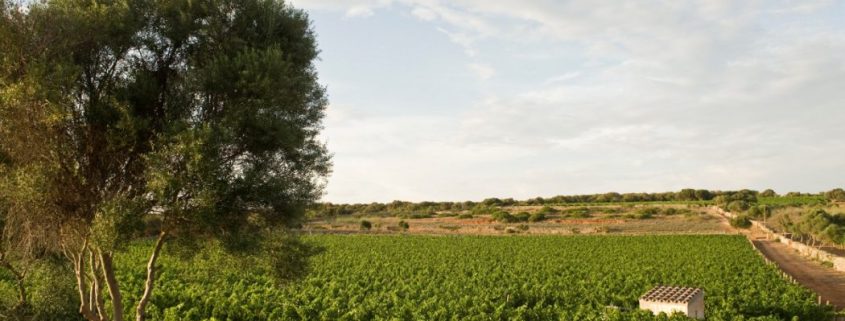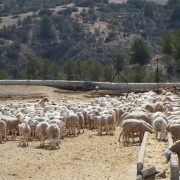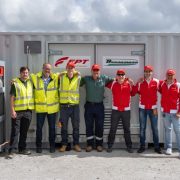Carbon farming, great opportunity for farmers and forest owners
The European Commission unveiled today the long-awaited communication on “restoring sustainable carbon cycles” (the so-called carbon farming communication), which will be followed by a legislative proposal on carbon removal certification by the end of 2022.
Copa and Cogeca welcome the inclusion of carbon farming in the political agenda and future developments to capitalize agriculture’s potential to fight climate change and achieve a greener Europe.
The communication identifies challenges farmers will face when implementing carbon farming practices such as financial burdens (including uncertainty about revenues and up-front costs of implementation), insufficient tailored advisory services and access to knowledge, regulatoryobstacles, high complexity and costs of robust monitoring, revising, and a verification system.
It also provides effective examples of improved land management practices that result in an increase of carbon sequestration. However, Copa and Cogeca regret that the use of organic fertilisers is not included in the communication since it is a very beneficial practice in terms of carbon capture, biodiversity, and water and soil benefits.
Copa President, Christiane Lambert welcomed the communication and underlined, “The agricultural sector has been undertaking efforts and deploying investments towards carbon farming practices which precede today’s Commission communication. These efforts must be recognised, and future investments should be promoted. In addition, we consider it important to give flexibility on financing and to promote mainly private schemes in which farmers are actively involved.”
For Copa and Cogeca many uncertainties still remain. This is, for instance, the case on how to establish carbon credits. Hence, the Commission’s recognition of the uncertainty of a resultbased approach to pricing carbon farming is appreciated. In particular, given the climate and site-dependent character of this type of farming. The issues of timing of payments and where to market carbon credits should also be addressed and clarified. A market-based approach is key, allowing that carbon credits become an additional income for farmers. In addition, the communication does not clarify how, and which sector shall be accredited for carbon removals through carbon farming. Measures should be put in place to avoid trade-off from companies.















